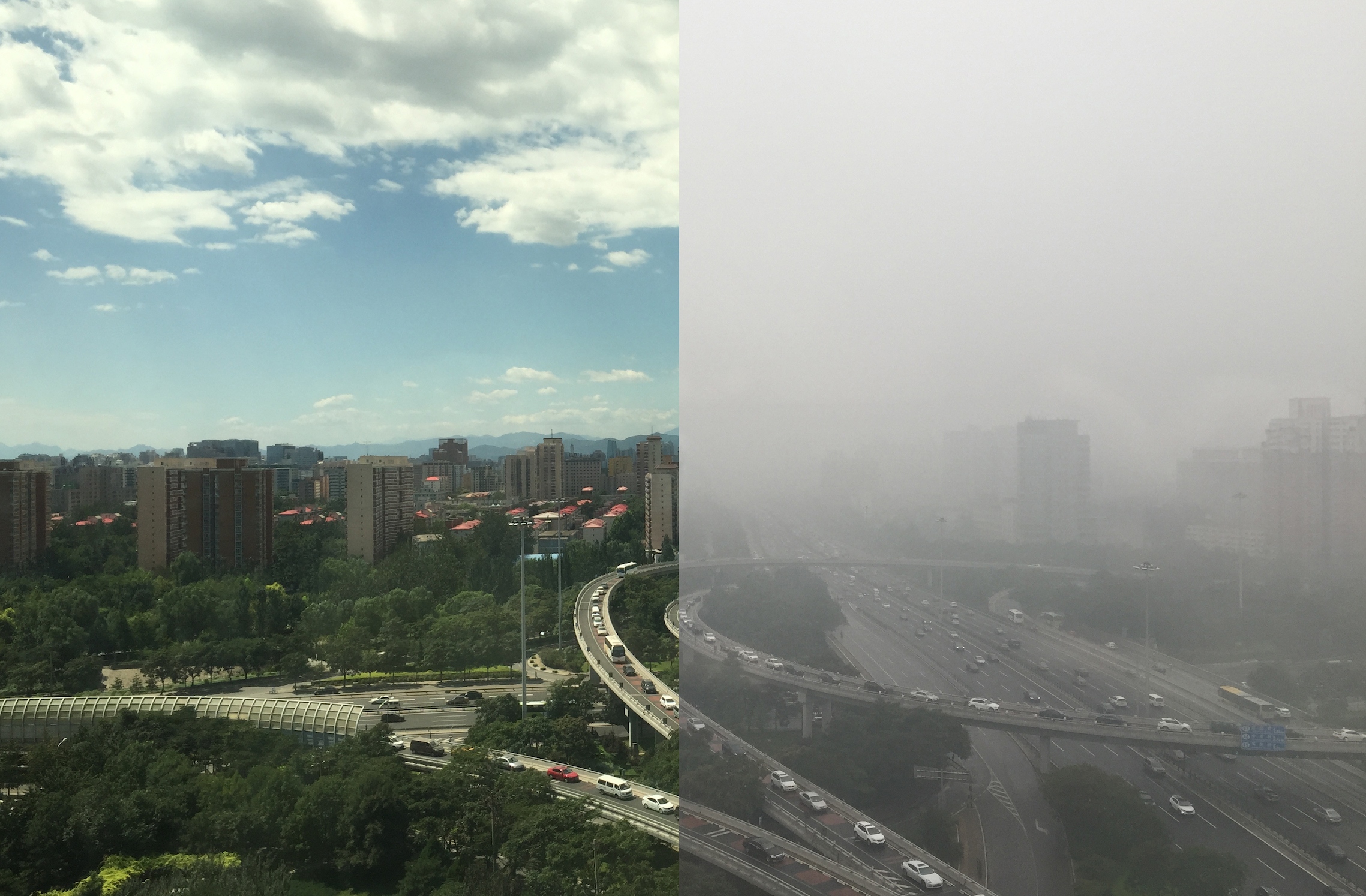Introduction:
China, known for its rapid industrialization and economic growth, has been grappling with severe air pollution for decades. However, recent efforts and measures implemented by the Chinese government have shown some promising results in the battle against air pollution. Although progress has been made, there is still much work to be done to achieve sustainable and clean air for all Chinese citizens.
The Struggle with Air Pollution:
China's struggle with air pollution has been primarily attributed to its heavy reliance on coal-fired power plants, industrial emissions, vehicle exhaust, and rampant construction activities. The situation reached alarming levels in major cities, such as Beijing and Shanghai, where smog-filled skies became a common sight, posing significant risks to public health and the environment.
Government Actions and Policies:
Recognizing the urgency of the situation, the Chinese government launched a series of measures to combat air pollution. In 2013, it implemented an ambitious action plan known as the "Air Pollution Prevention and Control Action Plan." The plan aimed to reduce particulate matter (PM) concentrations and improve air quality by setting specific targets and implementing stricter regulations.
One of the key strategies adopted by the government was the promotion of clean energy sources. China has become the world's largest investor in renewable energy, with massive investments in solar and wind power. By shifting away from coal and embracing cleaner energy alternatives, the government aimed to reduce the emissions responsible for air pollution.
Additionally, stricter emission standards were introduced for industries and vehicles, mandating the use of cleaner technologies and catalytic converters. The government also implemented measures to reduce dust from construction sites and to control agricultural burning, both significant contributors to air pollution.
Progress and Achievements:
The efforts to combat air pollution in China have shown positive results. According to data from the Ministry of Ecology and Environment, the average concentration of PM2.5, the most harmful airborne particles, has decreased by more than 30% in major cities since 2013. This reduction in particulate matter levels has contributed to improved visibility and healthier air for millions of people.
Furthermore, the transition to cleaner energy sources has made significant strides. China has become a global leader in renewable energy capacity, with its solar and wind power sectors experiencing exponential growth. This shift has not only helped reduce air pollution but has also positioned China as a major player in the fight against climate change.
Challenges and the Way Forward:
Despite the progress made, China still faces significant challenges in its battle against air pollution. Industrial growth, urbanization, and increasing vehicle ownership continue to strain efforts to achieve clean air. Additionally, certain regions of the country, especially in northern China, still experience severe pollution episodes during winter due to increased coal consumption for heating purposes.
To continue the positive trend, China needs to strengthen enforcement of existing regulations and further tighten emission standards. It should also invest in advanced pollution monitoring and early warning systems to identify pollution sources quickly and implement targeted solutions. Collaborative efforts between the government, industries, and citizens are crucial to creating a sustainable and healthy environment for future generations.
 Air Quality dynamics in China
Air Quality dynamics in China
Conclusion:
China's efforts to combat air pollution have yielded significant progress, with notable reductions in particulate matter levels and increased investments in renewable energy. However, the battle against air pollution is far from over. The government must continue its commitment to sustainable development, implement stricter measures, and engage citizens to ensure clean air for all. By addressing these challenges, China can set an example for the world and pave the way toward a greener and healthier future.

 Air Quality dynamics in China
Air Quality dynamics in China